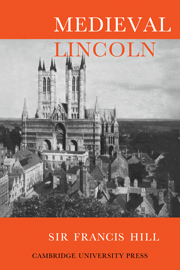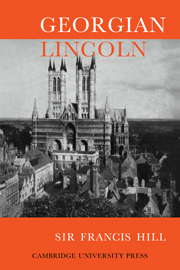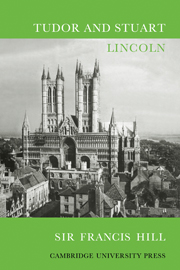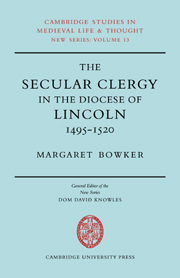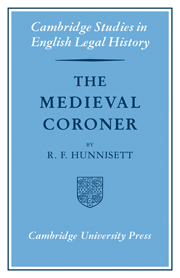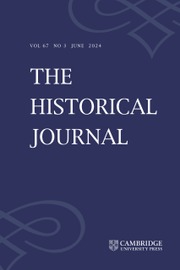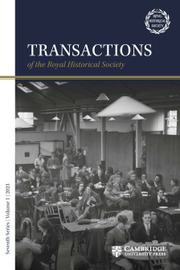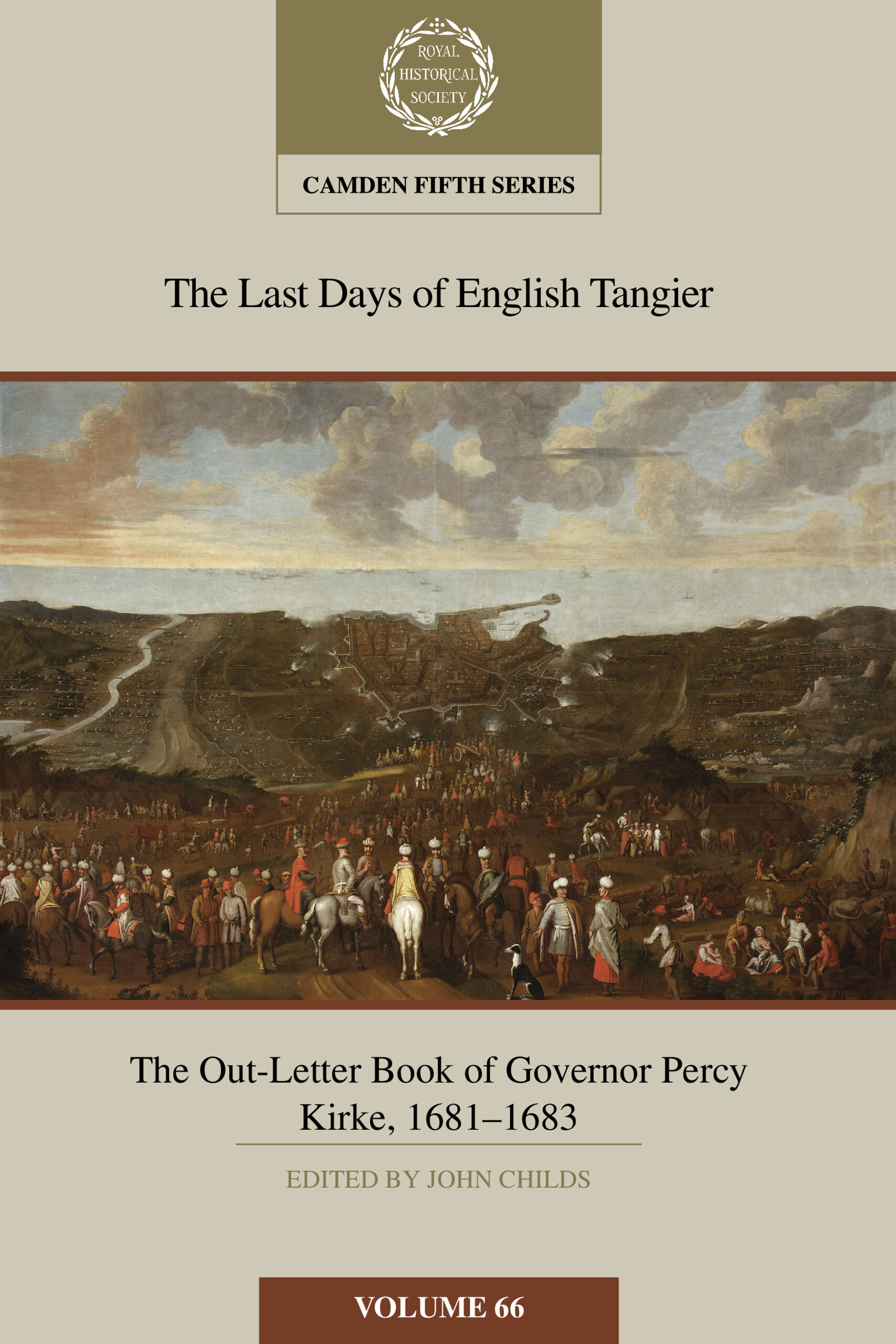Medieval Lincoln
Sir Francis Hill's volumes on the history of the City of Lincoln are a historical monument for which it is not easy to think of a parallel. Written by a distinguished (and very busy) public man, they are works of patient scholarship. They give a survey of the growth and development of one of England's ancient boroughs: a county town, a cathedral city, and a centre of trade and industry. Medieval Lincoln, first published in 1948 and now reprinted, is recognized as a model of what local history should be. It is based on primary sources, it is local without being parochial, and uses a close study as a key to medieval history as a whole. The plan is mainly chronological; Lincoln is studied from Roman times to the fifteenth century. There are also chapters on certain topics of particular local interest: the minster, the castle and the bail, parish churches and religious houses, the Jews, the Mayor and Commonalty, communications and trade, and fields and pastures. There are seven Appendices; twenty-two plates; and the figures include useful detailed maps.
Product details
August 2008Paperback
9780521079259
532 pages
227 × 150 × 34 mm
0.3kg
Available
Table of Contents
- 1. The Roman Pattern
- 2. The English and Danish Settlements
- 3. The Norman Conquest
- 4. The Old Minster and the New
- 5. The Castle and the Bail
- 6. The Minster and the Close
- 7. Parish Churches and Religious Houses
- 8. The Medieval City
- 9. The Twelfth Century
- 10. The Thirteenth Century
- 11. The Jews
- 12. The Fourteenth Century
- 13. The Fifteenth Century
- 14. The Mayor and Commonalty
- 15. Communications and Trade
- 16. Fields and Pastures.

